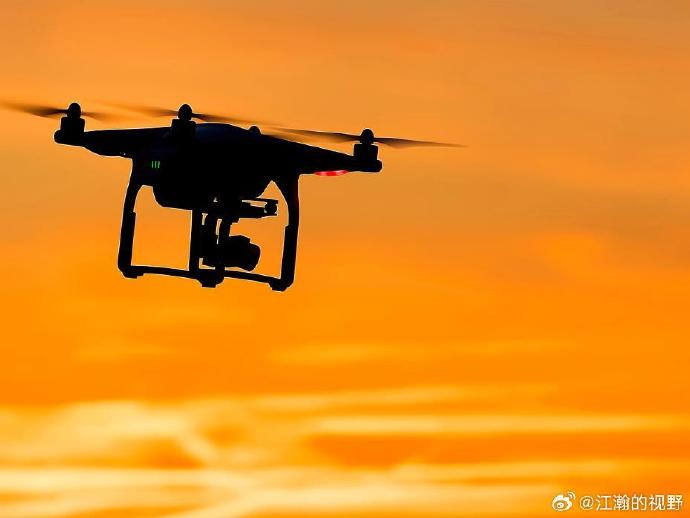Exploring the Advanced Features of Thermographic Camera Drones
In the world of modern technology, thermographic camera drones have emerged as game-changers by providing unique capabilities that were once inconceivable. These flying devices are fitted with thermal imaging cameras, allowing them to detect temperature differences in various environments. Thermographic camera drones are increasingly used across multiple industries for inspection, monitoring, and research purposes.
Understanding Thermal Imaging
Thermal imaging is a technique that captures the heat emitted by objects and presents it visually via infrared imaging technologies. This capability enables thermographic camera drones to ‘see’ beyond the visible spectrum, identifying abnormalities hidden to the naked eye. In industries such as agriculture and construction, these drones are utilized for spotting heat leaks, identifying water stress in crops, and assessing structural damage.
Applications Across Sectors
- Agriculture: Thermographic camera drones help farmers monitor plant health by detecting variations in leaf temperature. This allows early identification of disease and irrigation needs, ultimately enhancing crop yields.
- Construction: In the construction sector, these drones perform surveys to locate insulation faults, overheating in electrical components, and overall energy inefficiency.
- Wildlife Conservation: Thermal drones aid conservationists in tracking animals during nighttime or in dense forests by detecting body heat.
Advantages of Using Thermographic Drones
The utilization of thermographic camera drones offers significant advantages. For one, it improves safety, as these drones can access hazardous areas without exposing humans to risk. They also yield accurate and reliable data faster than traditional methods. Moreover, the advanced thermal imaging technology allows for better resource allocation and increased operational efficiency.
Challenges and Considerations
Despite their myriad advantages, integrating thermographic drones can present challenges. Conditions such as fog, rain, or extreme temperatures can affect the accuracy of thermal images. Furthermore, the cost of procuring and maintaining these sophisticated devices can be substantial, posing a barrier for smaller enterprises.

Innovations in Drone Technology
Recent innovations in drone technology continue to augment the functionality of thermographic camera drones. Enhanced sensors, improved battery life, and innovative software are continuously being developed to cater to diverse industrial needs. Such breakthroughs are making these drones more accessible and versatile, promising a bright future for thermal imaging applications.
Common Questions About Thermographic Drones
- What is the range of a typical thermographic camera drone?
- Most thermographic drones can cover distances ranging from a few hundred meters to several kilometers, depending on their design and the sophistication of their sensors.
- Can thermographic drones be used in all weather conditions?
- While versatile, thermographic drones may face limitations in severe weather conditions like heavy rain or fog, which can hinder the accuracy of thermal imaging.
- Are thermographic drones expensive?
- Costs vary widely based on the drone’s specifications, but generally, the integration of advanced thermal imaging technology can raise prices significantly.